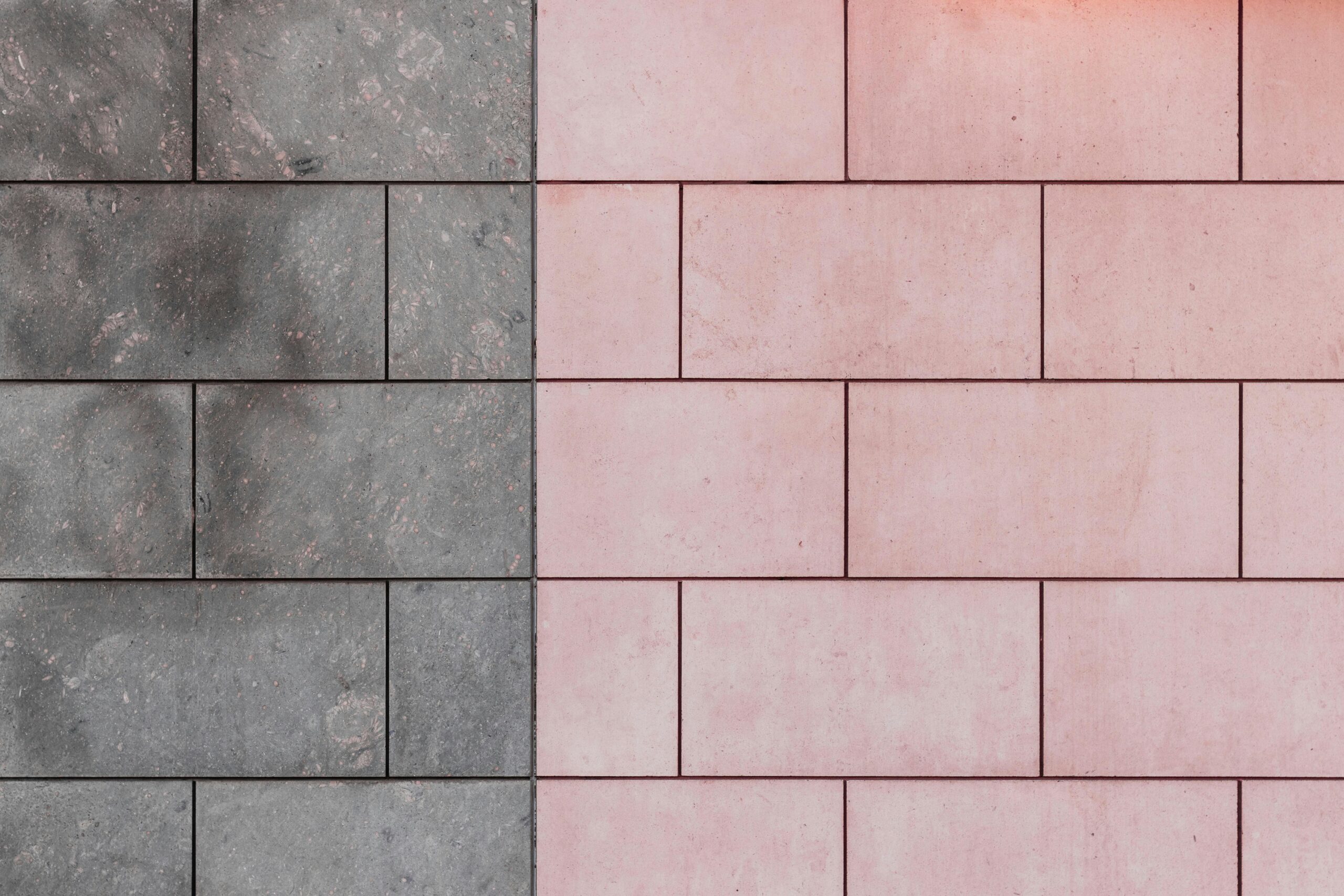The word “brick” may evoke thoughts of large, outdated structures. However, bricks are really very resilient and powerful; think about the imposing structures that have stood the test over the centuries, such as those seen in medieval Rome, Egypt, and Asia! Brick alternatives have grown significantly more varied all through time. These days, there is a wide variety of brickwork and masonry parts available, each with distinctive characteristics to meet various building requirements. To help you select the ideal bricks for your upcoming project, this part will go into depth about the many sorts of brick block, how they’re categorized, as well as the applications they serve.
What Makes Masonry Units Different from Bricks?
Although mortar units and brickwork are both necessary for construction, they share several important distinctions. Usually rectangular in shape and constructed of burned clay, building materials, or magnesium silicate, blocks are shorter in size. They are created by combining the substance with sand and water, molding it, and baking it at high temperature. This helps buildings consume less energy by making them shockingly effective and highly effective absorbers.
Conversely, brick walls are taller and typically composed of ceramic. They are normally utilized for walls that support weight since stiffness is important. Ceramics and concrete components come in an abundance of types, each suitable for an instance or appearance.
Different Types of Masonry Units and Bricks
There is a vast array of bricks and blocks available, each with unique characteristics:
Classic Clay Bricks: Composed of baked clay, these time-tested bricks have an extraordinary strength. They have been a part of structures that are still standing for millennia! ideal for long-lasting projects.
Water-Resistant Sand-Lime Bricks: Have you ever combined fly ash, lime, and sand? That’s how they are made! They are perfect for wet areas because of their smooth gray surface and excellent moisture-retention capabilities.
Extremely Durable Engineering Bricks: Do you need a brick that is resistant to water damage and other stresses? For maximum strength, these bricks are burnt at a very high temperature.
Flexible Concrete Blocks: These versatile blocks are available in several forms and are frequently used to construct fences and barriers.
Eco-Friendly Fly Ash Bricks: To manufacture these unique bricks sturdy and resistant to breaking, fly ash and clay are combined. For anyone looking for a sustainable solution, they’re a fantastic alternative.
Even more variations exist for masonry units! For different tasks, there are choices that are hollow or solid. There is a form of stretcher block for every use, ranging from the standard blocks used in conventional walls to specific blocks (such jamb and lintel blocks) for creating columns and doors.
How to Select the Ideal Brick or Block for Your Project?
A few factors, like the project’s intended strength, desired aesthetic, local climate, and budget, will determine which brick or block is ideal for you. You may pick with the aid of excellent resources such as the National Concrete Masonry Association or the Brick Industry Association. All the information you require to make the best choice may be obtained from them.
The Foundation of Innovation and History: Bricks and Blocks
Even though they may appear straightforward, bricks and blocks have long been essential to building. Architectural materials are an essential component, akin to the cornerstone of a building, found in both ancient and contemporary constructions. Making informed decisions for your next construction project can help you create something sturdy, elegant, and long-lasting by educating yourself on the benefits and drawbacks of various bricks and blocks!
